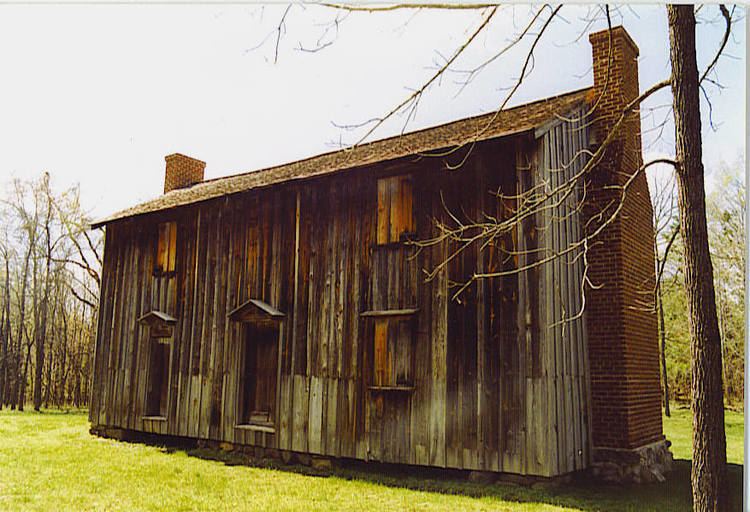Built 1850 Opened 1823 Added to NRHP 17 March 1978 | NRHP Reference # 78001946 Area 1 ha | |
 | ||
Address 5925 Jock Rd, Bahama, NC 27503, USA Similar Stagville, Horton Grove Nature Pr, Somerset Place, Duke Homestead and Toba, Occoneechee Mountain State Nat | ||
Restoring a native grass meadow at horton grove nature preserve
Horton Grove was an area of houses for enslaved African-Americans at the 30,000-acre (120 km2) Bennehan-Cameron plantation complex, which included Stagville Plantation in the northeastern part of Durham County, North Carolina. The slaves who lived at Horton Grove were held by the influential Bennehan and Cameron families. In 1860, 900 total slaves were held on the complex. The several structures still standing at Horton Grove are the only two-story slave residences remaining in North Carolina.
Contents
- Restoring a native grass meadow at horton grove nature preserve
- 214 horton grove rd branded
- References
The quarters at Horton Grove, which were constructed by slave craftsmen in the early 1850s, were the culmination of decades of gradual improvements at the plantation complex. The dwellings at Horton Grove represented the pinnacle of slave house development and include shuttered windows, multiple stories, brick chimneys, and raised stone foundations.
These structures were occupied continuously until as late as the 1970s. After the American Civil War, many of the former slaves stayed on the property as sharecroppers and continued to live in these dwellings. Because of its historic and architectural significance, Horton Grove was listed in 1978 on the National Register of Historic Places. Archaeological finds on the site have provided insight into continuing practices of African heritage at Stagville, including the presence of divining rods and communal cooking practices.
